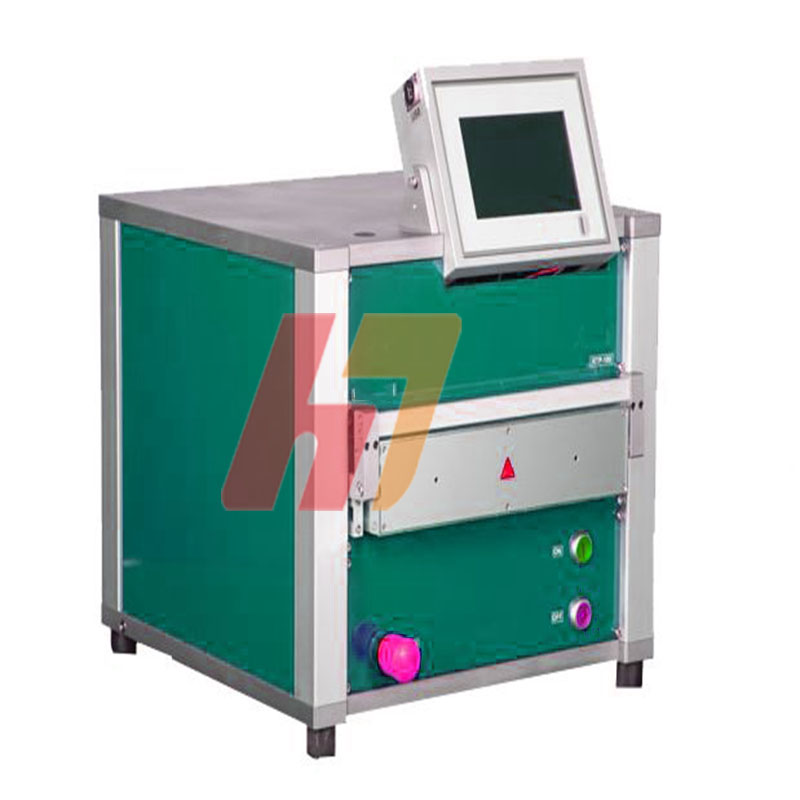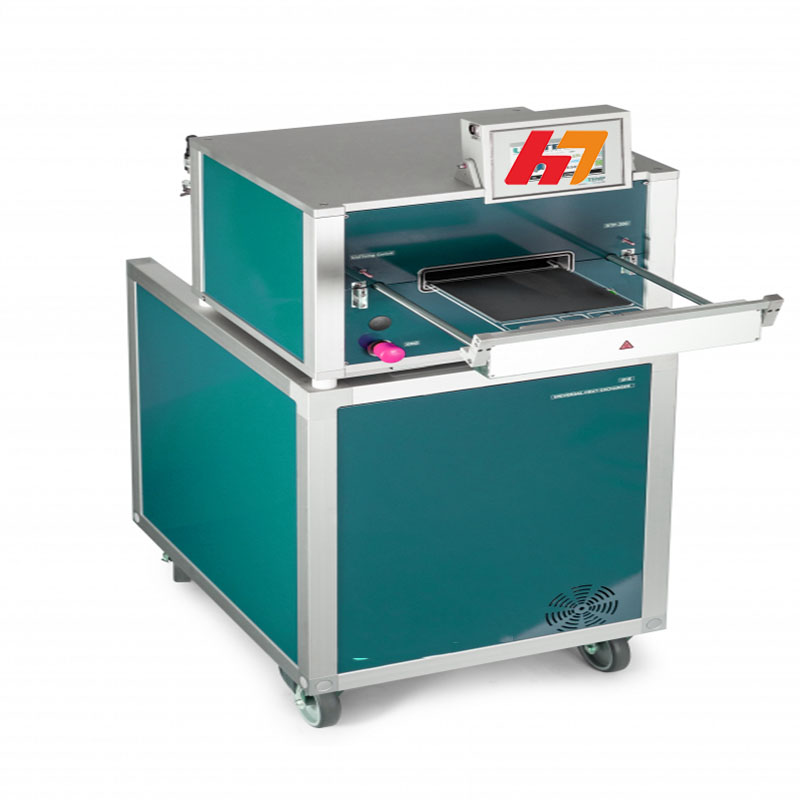-
Telephone:+0086-371-6376-8262Telephone:+0086-371-6376-8385
-
wechat:abcdefg
-
-
Email:ht@ovenfurnace.com

1. Introduction
Rapid Thermal Processing (RTP) furnaces are vital in semiconductor manufacturing, materials science, and nanotechnology, offering quick heating/cooling with precise thermal control. Selecting the right one requires considering key factors matching application needs.


2. Temperature - related Factors
2.1 Maximum Temperature
Ensure the furnace reaches required temperatures stably. For example, Annealsys AS - One 100 (high - temp version) goes up to 1450°C, AS - One Plus up to 1300°C, critical for high - temp material processing.
2.2 Temperature Range
A wide range (e.g., RT to 1450°C, varying by version) adds flexibility for diverse processes like pre - treatments and annealing.
2.3 Ramp and Cooling Rates
Fast ramp rates (up to 200°C/s) and cooling rates (up to 100°C/s with special systems) are key for precise control in applications like semiconductor junction formation.
3. Substrate Handling
3.1 Substrate Size
Choose models matching substrate sizes. The Annealsys AS - One system has options for up to 100 mm (AS - One 100) and 150 mm (AS - One Plus) substrates.
3.2 Substrate Material
Consider material thermal properties; ensure the furnace suits specific substrates to avoid thermal stress damage.
4. Gas and Vacuum Conditions
4.1 Gas Mixing and Control
Precise gas control via mass flow controllers is essential for processes like RTCVD, with multiple gas channels enabling complex reactions.
4.2 Vacuum Range
A range from atmosphere to 10⁻⁶ Torr prevents contamination, critical for high - purity semiconductor and nanomaterial processing.
5. Temperature Control and Monitoring
5.1 Measurement Methods
Standard pyrometers (non - contact) and thermocouples (specific points) provide comprehensive temperature monitoring.
5.2 Control System
Fast digital PID controllers ensure accurate, repeatable control. Advanced software allows programming profiles, real - time monitoring, and data logging.
6. Chamber Design
6.1 Chamber Material
Stainless steel cold - wall chambers enhance reproducibility and cooling, reducing contamination.
6.2 Volume and Gas Flow
Low - volume chambers enable fast pumping/purging and lower gas use. Good design ensures uniform gas flow.
6.3 Accessibility
Clam - shell designs ease substrate handling and chamber cleaning, maintaining a clean environment.
7. Cost Considerations
7.1 Initial Cost
Balance features and cost; avoid prioritizing low cost over necessary precision/flexibility.
7.2 Operating and Maintenance Costs
Factor in energy, gas, replacement parts, and maintenance. Opt for easy - to - maintain models with reliable parts.
8. Application - specific Needs
Different fields (semiconductor manufacturing, materials research, nanotechnology) have unique requirements for temperature, gas, and substrate handling.
9. Manufacturer Reputation and Support
Choose reputable manufacturers offering quality equipment and good technical support, including service, troubleshooting, and training.
10. Conclusion
Selecting an RTP furnace involves evaluating temperature capabilities, substrate handling, gas/vacuum conditions, control systems, chamber design, cost, application needs, and manufacturer support to ensure it meets current and future requirements.